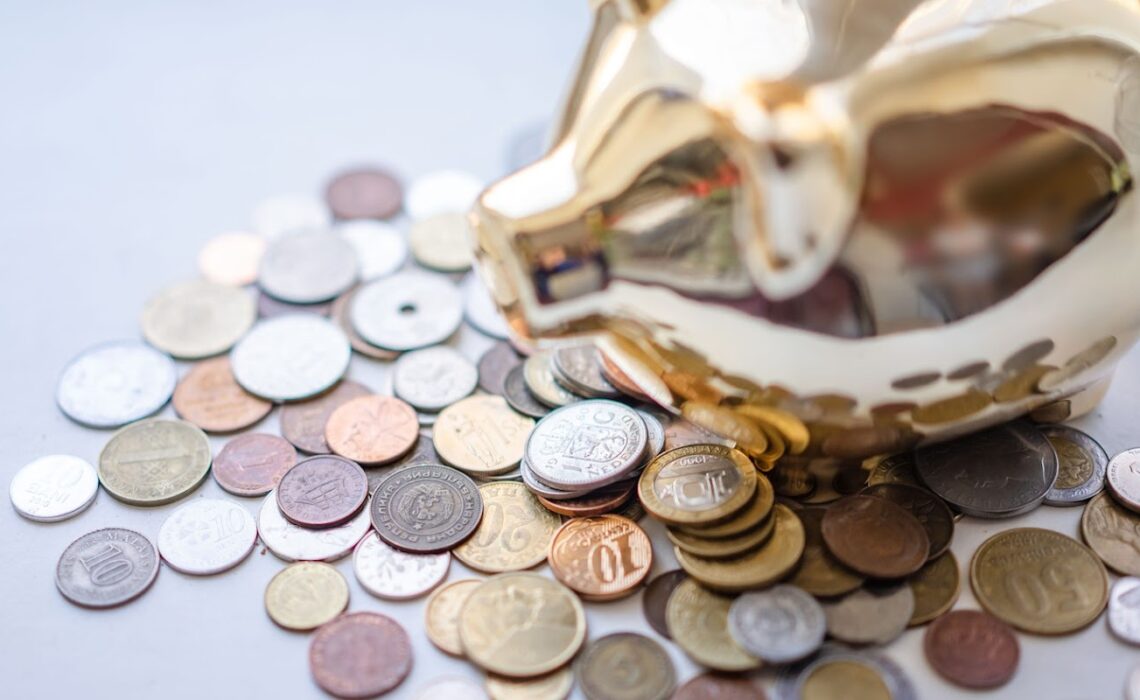
Non-Fungible Tokens (NFTs) have revolutionized the way we buy, sell, and value digital art and assets in recent years, taking the art and collectibles world by storm.
NFTs, however, have had an impact on communities of Deaf people in addition to the mainstream art world.
This article examines how NFTs are altering the rules for Deaf people and giving them new opportunities to experience and access works of art and collectibles.
Accessibility in the Digital Age
The advent of the digital age has created new accessibility opportunities, leveling the playing field for people with disabilities, including the Deaf community.
Communication, information, and entertainment are now more readily available than ever thanks to the internet, smartphones, and various software applications.
But for Deaf people, the world of art and collectibles has frequently remained exclusive and difficult to navigate.
Breaking Down Barriers with NFTs
NFTs have become a potent tool for lowering barriers and boosting accessibility for Deaf people in a number of ways:
1. Visual Sign Language Interpretation
NFTs have a few distinctive features, one of which is the ability to embed multimedia files inside of digital assets.
This feature allows deaf artists and creators to translate their work into visual sign language.
This enables Deaf people to better comprehend and appreciate the piece by giving them access to an integrated sign language explanation in addition to viewing the artwork.
2. Enhanced Educational Opportunities
NFTs have opened up new opportunities for educators and students who are Deaf.
NFT-based learning resources and materials can be produced by deaf artists and educators, enhancing learning through interaction and engagement.
This includes tutorials in sign language, interactive art history lessons, and more.
3. Inclusivity in the Art World
For Deaf artists, gaining recognition and representation has historically been challenging due to the traditional art world’s frequent exclusivity and elitism.
NFTs provide a decentralized platform on which artists can exhibit their work, gain visibility, and establish direct contact with patrons.
For Deaf artists who can now circumvent conventional gatekeepers, this change has been particularly empowering.
4. Ownership and Authenticity
Trust and authenticity in the art world are crucial for the Deaf community.
By offering an unchangeable and transparent record of ownership and provenance, NFTs allay this worry.
This lowers the risk of fraud and guarantees that Deaf collectors are buying genuine works by enabling them to confidently confirm the authenticity of the artwork or collectible they purchase.
Case Studies: Deaf Artists in the NFT Space
Photo by anna-m. w.
Let us examine a few case studies of Deaf artists who have succeeded in the NFT space to gain a better understanding of the true impact of NFTs on the Deaf community:
1. Christine Sun Kim
Christine Sun Kim, a well-known Deaf artist, has embraced NFTs as a way to communicate her distinct viewpoint.
Her digital works of art frequently examine the relationship between sound, language, and culture.
She has found a community of collectors who are supportive and who value her innovative work through NFTs, which has helped her gain international recognition.
2. Keith Doelling
Keith Doelling, a Deaf creator and artist, used NFTs to enter the market for digital collectibles.
Collectors who are eager to own his one-of-a-kind NFTs have developed a devoted following for his distinctive characters and digital works.
3. Deaf Art Communities
NFT platforms have also spawned Deaf-specific art communities, in which Deaf creators and patrons congregate to acknowledge and support one another.
These groups encourage cooperation and originality, enabling Deaf people to discover new artistic possibilities.
The Challenges Ahead
NFTs provide the Deaf community with a wealth of opportunities, but there are still obstacles to be overcome. These include:
1. Accessibility of NFT Platforms
NFT platforms must make sure that Deaf users can access all of their websites and marketplaces.
This entails offering text-to-speech options for written content as well as options for sign language interpretation and captioning for video content.
2. Education and Awareness
NFTs and how they function are still unfamiliar to many Deaf people.
To enable Deaf artists and collectors to successfully navigate this changing landscape, educational initiatives are required.
3. Addressing Scalability Issues
Blockchain networks may experience high transaction fees as NFTs become more and more popular due to scalability issues.
Solutions must be developed to reduce these costs because these fees may act as a barrier to entry for Deaf artists and collectors.
Conclusion: A More Inclusive Future
Non-Fungible Tokens have become a transformative force in the world of art and collectibles, opening up new avenues for the Deaf community to access and appreciate art.
NFTs are dismantling barriers and fostering a more inclusive future through improvements to educational resources, increased inclusivity in the art world, and visual sign language interpretation.
To ensure that Deaf people can fully benefit from this digital revolution, it is crucial for NFT platforms and the larger community to prioritize accessibility, education, and collaboration as technology continues to advance.
By doing this, we can anticipate a future in which Deaf collectors and artists flourish and the Deaf community enjoys art and collectibles in ways that were previously unthinkable.
For those who are looking for additional support, Unspoken Language Services offers interpreting services to help bridge the communication gap between the deaf and hearing communities
Thumbnail Photo Credit to: Photo by Oleksandr P

